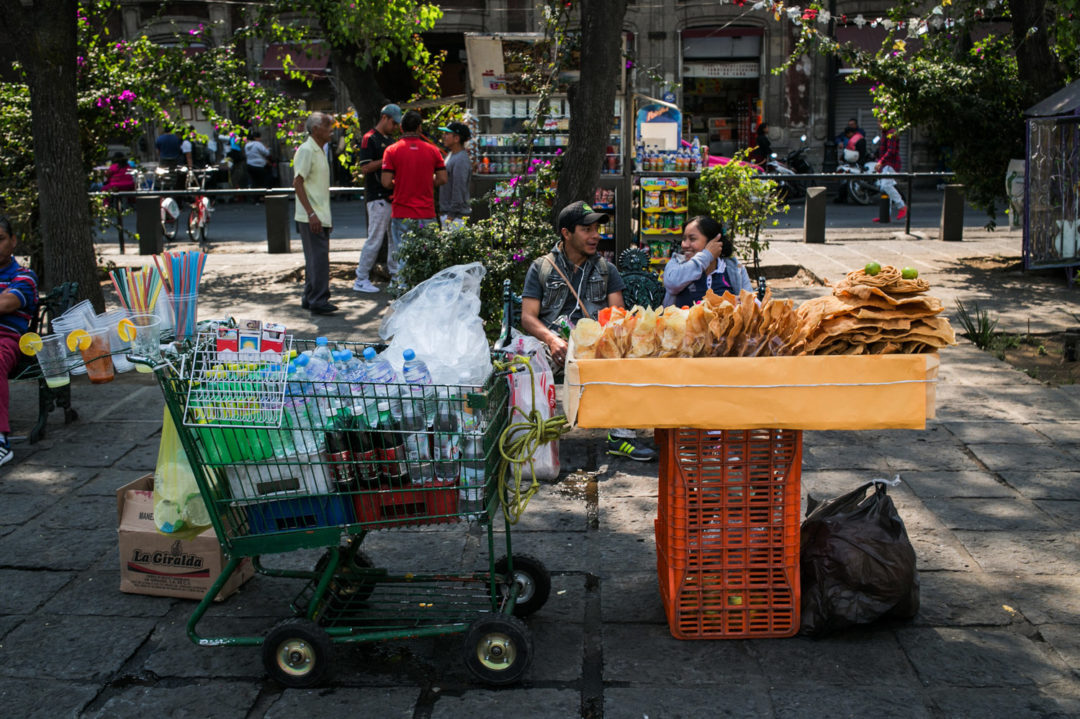Read the full article by Allison Aubrey in NPR; Photo credit : Meghan Dhaliwal
Hunger once seemed like a simple problem. Around the globe, often in low-income countries, many people didn’t get enough calories.
But increasingly, hunger exists side-by-side with obesity. Within the same community, some people are overweight while others don’t have enough to eat.
And the tricky part: You can’t “fix” hunger by just feeding people empty calories. You’ve got to nourish people with healthy, nutrient-dense foods, so they don’t become obese.
A new report published in The Lancet shines a spotlight on this paradox. The dual problems of undernourishment and obesity — often referred to as the double burden of malnutrition.
Focusing on the production and distribution of nutrient-dense foods is a good place to start, says Danielle Nierenberg, president and founder of Food Tank. She points to the work of the World Vegetable Center, which helps farmers in Asia and Africa grow an array of vegetables in an effort to prevent micronutrient deficiencies and malnutrition.
She also points to the work of the International Center for Research in the Semi-Arid Tropics’ (ICRISAT) Smart Food project that is promoting grain crops like millets and sorghums to improve nutrition. Both are nutrient-dense and provide a mix of fiber, protein and micro-nutrients.
“Milllets and sorghums have long been neglected and they have an image problem — they’re thought of as ‘birdseed’ or considered poor people’s foods,” Nierenberg says. “But they’re highly nutritious, they have a low glycemic index, they’re resilient to drought and disease and they’re delicious.”

